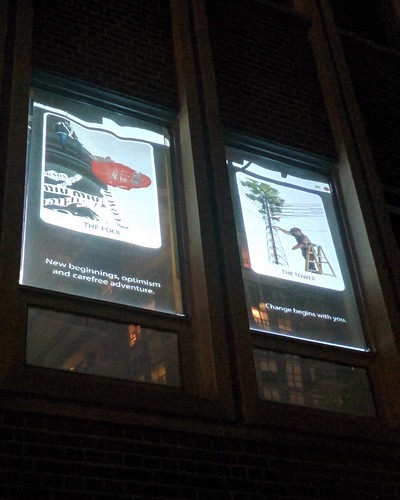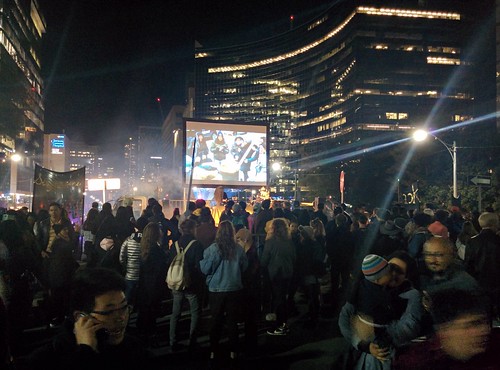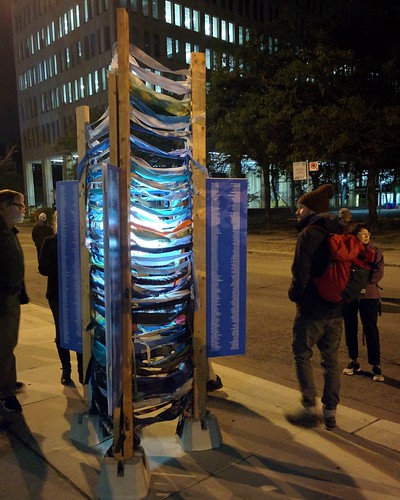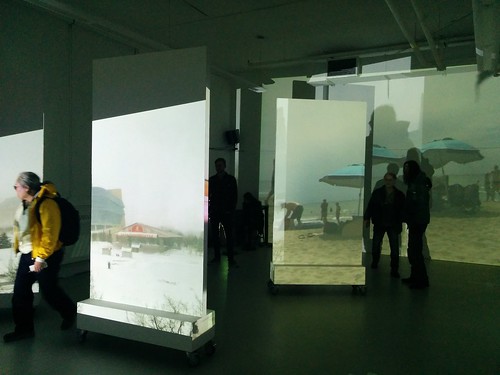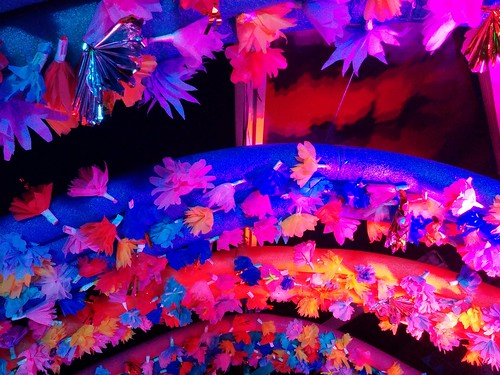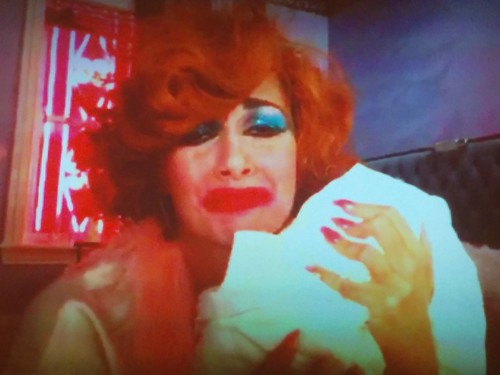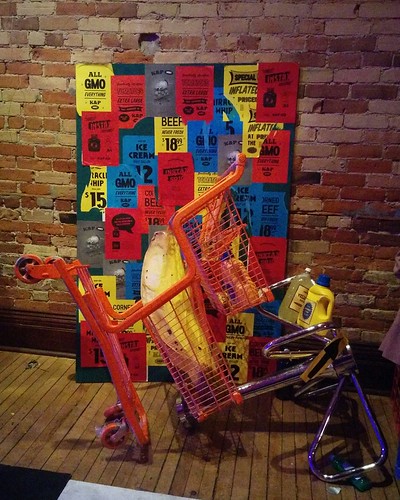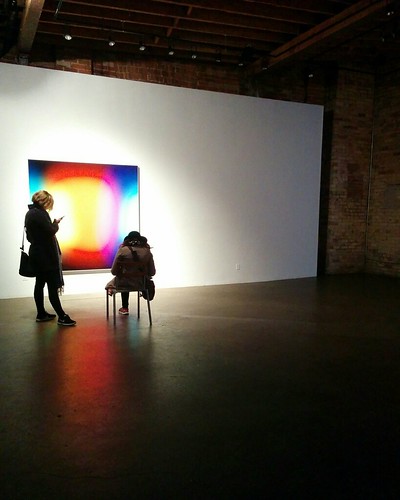- Jamie Bradburn was decidedly unimpressed by the Neon Museum at Junction House.
- Renovictions are a real concern for many renters in Toronto, already living on the edges of their budgets. CBC reports.
- Urban Toronto notes an interesting consolidation of two development plans into one at Yonge and Eglinton, here.
- blogTO notes how the Royal Ontario Museum is now going to offer free admission every third Monday of the month.
- Natalia Manzocco writes at NOW Toronto about how the Room With A View pop-up restaurant underneath the Gardiner Expressway ended up triggering city concerns over housing.
- The Art Gallery of Ontario has gotten its Infinity Room! Global News reports.
- The rehabilitation and renovation of 2 Queen Street East will be a high-profile project. The Globe and Mail reports.
- Steve Munro continues to examine the relative speeds of the 504 King and 501 Queen streetcars, here.
- This warning from the TTC union that Presto cards are too failure-prone to be able to properly take over from the Metropass in January makes me, a TTC user, worry. The Toronto Star reports.
- Toronto doctors can now issue their patients prescriptions to visit the ROM. blogTO reports.
- The murder of two young people and wounding of more than a dozen in a shooting on the Danforth is shocking. CBC reports.
- CBC reports on a timely new exhibition at the ROM, #MeToo & The Arts.
- Samantha Edwards at NOW Toronto notes how plans to transform the old Fairland grocery store on Augusta into a big nightclub threatens the nature of Kensington Market.
- blogTO notes that the mist gardens of the Four Seasons Toronto on Yorkville Avenue are open to the public and free.
- The new City of Toronto program HomeShare, getting older residents to rent out unused rooms to younger tenants (often students), is one creative response to the crises of affordable housing and aging. The Toronto Star reports.
Vikings: The Exhibition, currently at the Royal Ontario Museum, provides a great overview of the civilization of the Norse. The Vikings' military history is deemphasized in favour of a perspective focused on their material artifacts and their experiences as a trading civilization. I strongly recommend it.



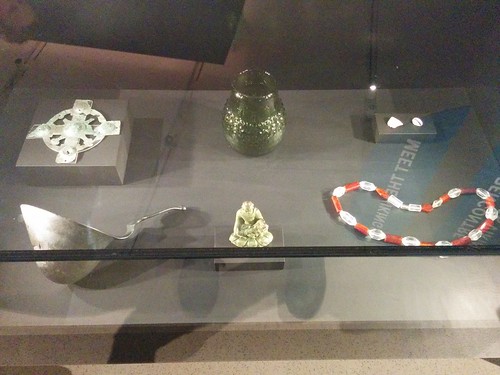
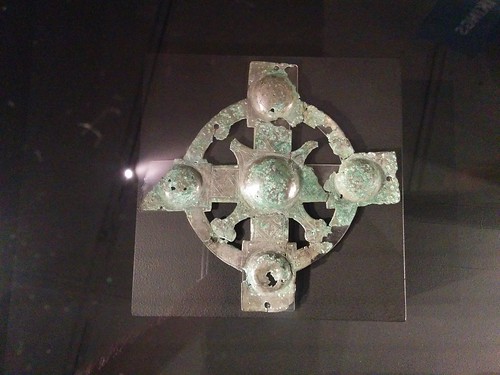

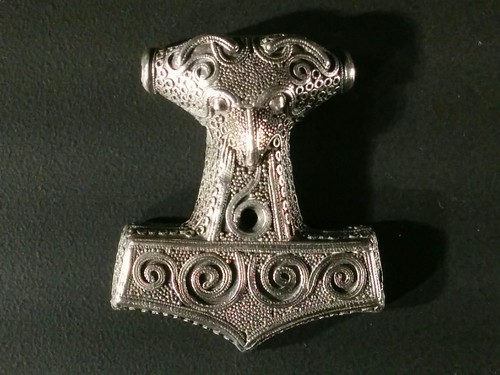

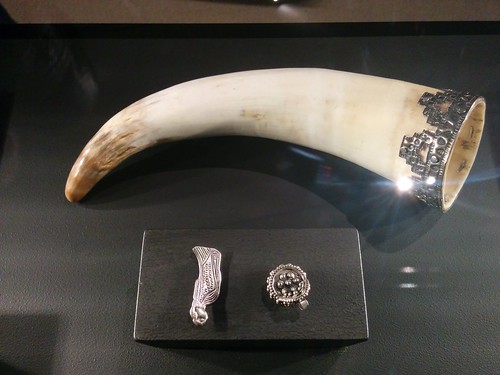

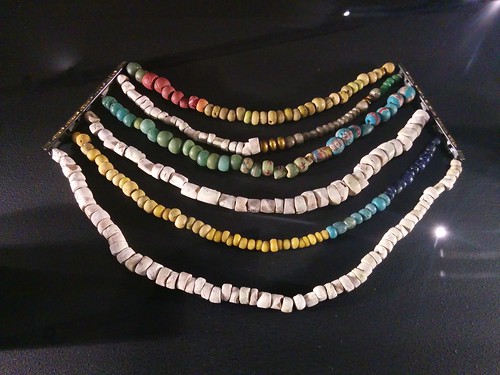

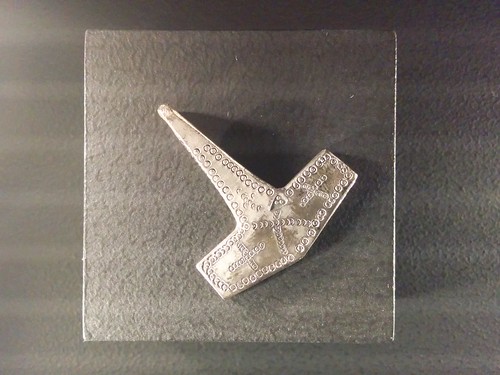

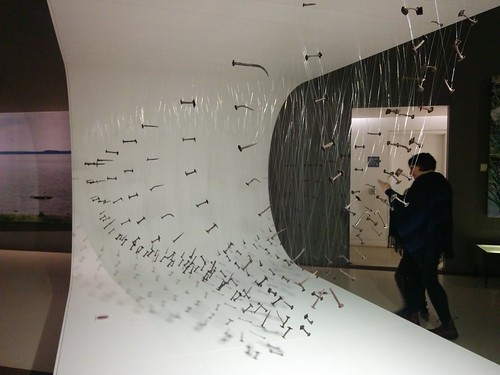

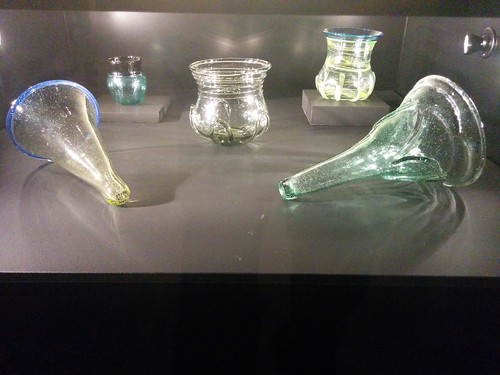
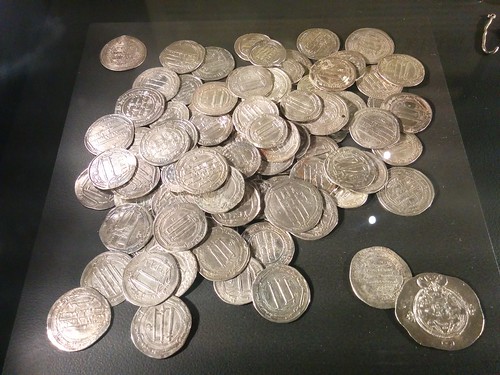

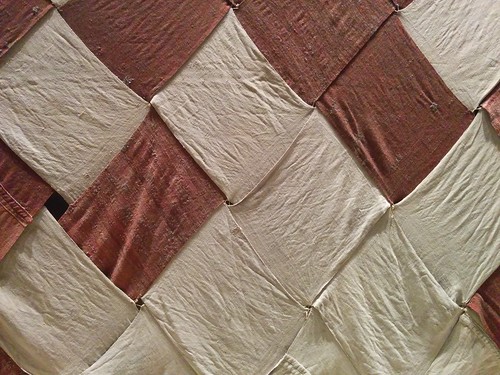




















- Spacing's Chris Bateman has an amusing piece about Toronto's first experiments with computer dating, in 1957.
- Edward Keenan makes the case that Toronto should prepare for the consequences of the housing market finally tanking, over at the Toronto Star.
- blogTO notes an impressive design for a new multi-function community centre down at Canoe Landing.
- Michelle Da Silva describes, at NOW Toronto, what looks like a spectacular exhibit of the works of Christian Dior at the ROM.
[BLOG] Some Saturday links
Nov. 18th, 2017 01:08 pm- Bad Astronomer Phil Plait notes the discovery of Ross 128 b, a nearby exoplanet that looks like it actually might be plausibly very Earth-like.
- blogTO notes that, after a decade, the east entrance of the Royal Ontario Museum is finally going to be an entrance again.
- The Broadside Blog's Caitlin Kelly talks about the importance of self-care, of making time to experience pleasure.
- Crooked Timber shares some of the 1871 etchings of Gustave Doré, fresh from the Paris Commune.
- Daily JSTOR notes how one man's collection of old tin cans tells a remarkable story about the settlement of the United States.
- Dangerous Minds shares a vintage 1980 television report on the Los Angeles punk scene.
- The Dragon's Gaze notes a recent study of chemical abundances around Kronos and Krios, two very similar stars near each other, these abundances suggesting they are just forming planetary systems.
- Gizmodo shares a revealing new table of exoplanets, one that brings out all sorts of interesting patterns and types.
- Hornet Stories notes Courtney Love's efforts to fundraise for LGBTQ homeless youth.
- Joe. My. God. notes that Margaret Court, an Australian tennis star now more famous for her homophobia, called for Australia to ignore the postal vote for marriage equality.
- Lawyers, Guns and Money makes the point that Trump's Russian links are important to explore, not least because they reveal the spreading influence of kleptocracy.
- Lingua Franca shares a perhaps over-stereotypical take on languages being caught between drives for purity and for diversity.
- The LRB Blog notes the murder of Honduran environmental activist Berta Cácares.
- The Map Room Blog links to an interesting collection of links to future and alternate-history mass transit maps of Melbourne.
- The NYR Daily links to an interesting exhibit about disposable fashion like the simple T-shirt.
- Roads and Kingdoms notes a remarkable performance of a Beatles song in the hill country of West Bengal.
The Royal Ontario Museum's The Family Camera exhibit, open during Nuit Blanche and running until the 29th of October, provides an interesting look at the role photography plays in the internal lives of families, preserving memories of noteworthy events indefinitely. The exhibit's emphasis was on film photography, the only form available to most people until very recently.
















[URBAN NOTE] "CRYSTAL CLEARer"
May. 16th, 2017 08:54 pmIn The Globe and Mail, Alex Bozikovic looks at what plans for redoing the Bloor street entry of the Royal Ontario Museum mean.
The Crystal is flawed. The Royal Ontario Museum doesn’t want to put it that way, but that is the message of what it calls the “Welcome Project”: Its architectural transformation of a decade ago, which was meant to revive the Toronto institution, doesn’t work as it should.
That message was hidden in a piece of news this week from Canada’s most-visited museum. It plans to reopen the entrance in its 1932 wing, add a new ramp and broader stair, and reconfigure the rotunda inside as a lobby once again.
A small step, but it’s an appetizer for larger plans that include new plazas, an outdoor amphitheatre and renovations to the current lobby.
It’s good news for residents and visitors to Toronto: The region’s most popular and most democratic museum will be a more pleasant place to visit.
And it reflects a new focus for architecture in institutions such as this: not in making showpieces, but on the nuts and bolts of making places that work.

César Newashish was an elder of the Atikamekw of northern Québec famed for his construction of canoes, documented in the NFB documentary César's Bark Canoe. That an exemplar of Newashish's work is on display is an honour.
The Royal Ontario Museum's exhibition of Dale Chihuly's glasswork ended yesterday. Last Friday, I went to see it. I was impressed by the technical skill involved in these works, the larger assemblies of work were wonderfully evocative of alien forests. Individual pieces left me a bit cold: Yes, they were technically impressive, but what were they communicating? What were they trying to communicate?





























The plaster casts of the victims of the eruption of Pompeii were at the end of the Royal Ontario Museum's exhibit Pompeii: In the Shadow of the Volcano.

This sheet of native copper taken from the rich deposits of Michigan, on display in the Royal Ontario Museum's minerals gallery, is a thing of natural beauty.
Torontoist's Sarah Hagi reacts to Douglas Coupland, now with an exhibition at the Royal Ontario Museum. Her suggestion that his best ideas are in the past strikes me as a bit unfair: might his more recent ideas still be pretty good? I have to go see the exhibit, regardless.
Coupland is best known for his iconic novels like Generation X (1991), which coined the term that defined 1990s youth culture, but before all that he started off as a formally trained visual artist and designer. Taking place at the Royal Ontario Museum and the Museum of Contemporary Canadian Art, the pop art–inspired whimsical exhibition everywhere is anywhere is anything is everything is where his work as a novelist and visual artist clearly intersect.
In one section we are shown his novels Girlfriend in a Coma and Generation X—only, Coupland has lovingly chewed them up into pulpy hornets’ nests. The nests were so convincingly crafted, they were hard to tell apart from the real nests he left atop the display.
Then there’s a section called “The Brain” that takes up a large chunk of the exhibition, which displays various knickknacks collected over a decade and divided into three hemispheres that hint at the brain’s bilateral symmetry. The piece itself is remarkable, made up of thousands of objects, including street signs and miniature kitchen furniture, all representing different experiences in the artist’s life—from being born on a Canadian military base in West Germany to growing up in middle-class Vancouver.
Spending a few minutes in the exhibit, you quickly realize why its title is so broad—Coupland’s work is anything and everything. It’s also for anyone, with many pieces appealing to the general audiences. This feels a bit too safe, but the exhibit’s accessibility makes sense: Coupland’s status as a national treasure is something that couldn’t have been achieved without catering to a wide audience. In a culture of hot takes and unpopular opinions, his pieces feel somewhat refreshing; Coupland isn’t trying to be the first to make a statement, but instead focuses on interpreting major 21st-century events. This message was amplified by paintings about 9/11 that were created so to only be properly seen through the lens of a smartphone camera (which didn’t exist in 2001).
Torontoist's Kevin Plummer looks at the strange history of the Beardmore Relics, an alleged cache of Viking artifacts found in the middle of Ontario. That the cache seems to have been a hoax seems established. The interesting question is how it came about.
Tucked in the European galleries on the third floor of the Royal Ontario Museum, there is a display of Viking weapons containing the head of a battle axe, and a sword, broken in two. There’s nothing particularly attention-grabbing about the items compared to some of the grander specimens nearby. And the accompanying captions offer only the barest of facts—their age, 900–1025 and 775–900 respectively, and their Norwegian origin. They look like any number of similar Norse antiquities you’d see in any other museum around the world.
But this particular axe head and sword—as well as a third artifact, a rattle—once occupied a place of pride in the ROM. Unearthed in northern Ontario, near Beardmore, the relics represented perhaps the province’s greatest historical discovery, offering tantalizing proof that at least one Viking, perhaps many more, had travelled into the heart of the continent 400 years before Columbus.
For nearly 20 years, the Beardmore Relics, were displayed prominently, in a glass case in a main gallery, where no visitor could miss them. Then, in late 1956, under a cloud of controversy, suddenly they were gone, removed to storage and rarely spoken of for decades. Were the ROM’s greatest treasures a deliberate hoax?
Everyone could agree the relics were authentic Norse artifacts. But had they really been discovered in Ontario? Or had they been planted? Could Dr. Charles Trick Currelly, the ROM’s founding curator and a man of sterling scholarly reputation, have been duped? Or had he, with a wink and a nod, embraced the dubious relics as a sure-fire way to gin attendance figures?
